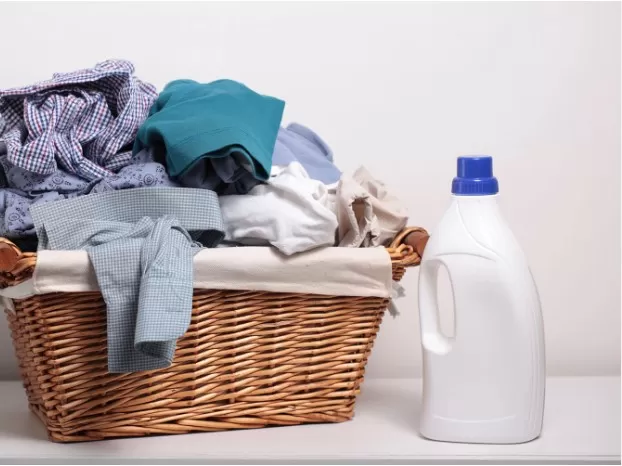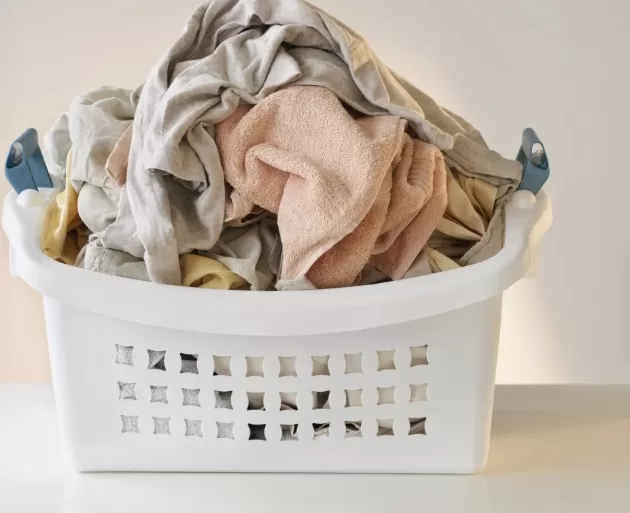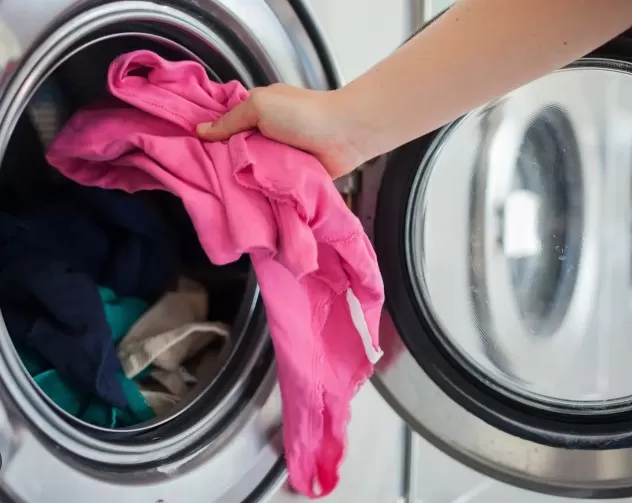7 Laundry Whitening and Brightening Solutions That Work. Say goodbye to stains and dull-looking clothes with these effective laundry whiteners and brighteners. Discover expert tips from Martha Stewart’s Homekeeping Handbook and enhance your laundry routine for vibrant and fresh garments every time.
The Power of Borax: A Laundry Whitening Marvel

Enhance your laundry routine with the natural cleaning prowess of borax.
This readily available mineral boasts antiseptic, antibacterial, and water-softening properties, making it an excellent whitening agent and boosting the effectiveness of your detergents. Say goodbye to stubborn stains and unpleasant odors by following Martha’s recommendation of adding 1/2 cup of borax to your wash, particularly beneficial for cloth diapers.
Experience the remarkable results for yourself.
The Bleach Breakdown: Choosing the Right Type

When it comes to whitening and brightening your laundry, bleach can be a powerful ally.
However, it’s important to understand the different types of bleach and how to use them effectively. Sodium hypochlorite, also known as liquid household bleach, and oxygen bleach, also called nonchlorine or color-safe bleach, each have their own purposes.
Remember to avoid using chlorine bleach and oxygen bleach together, as they can counteract each other’s effects.
If a fabric care label doesn’t mention bleach, it’s best to steer clear of both types. By following these guidelines, you can ensure your laundry receives the appropriate treatment for optimal results.
Chlorine Bleach: Powerful but Requires Caution
Chlorine bleach is a potent laundry brightener that is primarily used on whites.
It effectively deodorizes, removes stains, and helps maintain whiteness. However, it’s important to note that it cannot restore clothing to its original whiteness. The bleaching action of chlorine bleach typically takes about five minutes, but it may vary depending on the water temperature.
It’s crucial to handle chlorine bleach with care as it can weaken fabrics and cause discoloration.
Always wear gloves and protective clothing, and work in a well-ventilated area. Dilute the bleach in water before adding it to the wash, and never use it at full strength.
Follow the instructions in your washing machine’s manual and use the bleach dispenser if available.
Avoid mixing chlorine bleach with ammonia or vinegar, as this can release toxic gases.
Certain fabrics, such as vintage linens, baby clothes, silk, wool, mohair, and synthetic materials, should not be treated with chlorine bleach. Additionally, if your water has high iron content, using chlorine bleach may cause yellowing.
Oxygen Bleaches: Gentle and Color-Safe

Oxygen bleaches come in both powder and liquid forms and provide a milder and less toxic alternative to chlorine bleach.
They harness the power of hydrogen peroxide for effective cleaning. Unlike chlorine bleach, oxygen bleaches maintain colors and help preserve the whiteness of whites without making them brighter.
Oxygen bleaches are safe to use on various fabrics, including colored cotton, wool, silk, and synthetics.
They can be added to the wash alongside detergent and work best with hot water. However, they can still be effective at lower temperatures below 130 degrees Fahrenheit if you increase the exposure time.
For revitalizing dingy whites, consider presoaking the laundry with oxygen bleach overnight before washing.
Always adhere to the instructions on the product label to ensure proper usage. Oxygen bleaches offer a gentler approach to brightening and maintaining the cleanliness of your laundry while being safe for a wide range of fabrics.
Enzyme Presoaks: Targeting Tough Stains
Enzyme presoaks are specifically designed to tackle stubborn stains, particularly those that are challenging to remove, such as perspiration and blood.
These products can be used as pre-treatments for stains or as additives to regular laundry detergents to enhance their cleaning power.
Enzyme presoaks contain a combination of active ingredients.
Enzymes play a key role in breaking down stains, while builders help improve the overall cleaning efficiency. Surfactants work to loosen and remove dirt and grime from fabrics.
Additionally, bluing agents and optical brighteners are included to give whites a brighter appearance.
It’s worth noting that some enzyme presoaks may also contain oxygen bleach.
When purchasing a product, it’s important to carefully read the ingredient list to ensure it aligns with your needs and preferences. Enzyme presoaks provide an extra boost in stain removal and can help make whites appear whiter, offering a convenient solution for tackling tough laundry challenges.
Washing Soda and Sodium Carbonate: Powerful Cleaning Agents

Washing soda, also known as sodium carbonate, is a mineral that offers strong cleaning and degreasing properties.
It can be easily found in supermarkets, making it a convenient addition to your laundry routine.
To enhance the cleaning power of your laundry detergent, simply add two tablespoons of washing soda to your regular dose.
This boost helps tackle tough stains and provides a deeper clean for your garments.
Additionally, washing soda can be used as a paste to target greasy stains.
By mixing a small amount of washing soda with water, you can create a paste that effectively removes greasy residues from fabrics. Apply the paste to the stained area, let it sit for a short period of time, and then wash as usual.
With its powerful cleaning and degreasing properties, washing soda is a versatile and effective tool to have in your laundry arsenal.
*The information is for reference only.